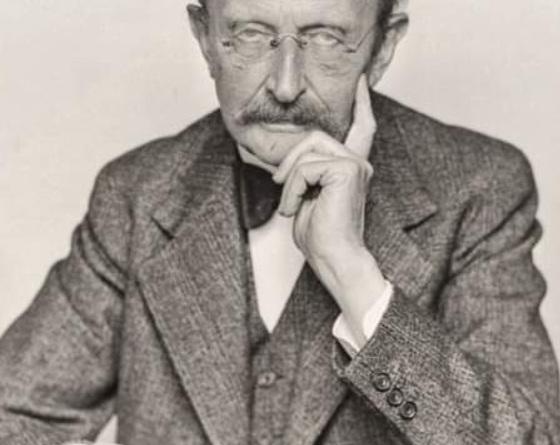막스 프랑크의 양자역학에 끼친 영향!
“Max Planck delivered a groundbreaking presentation to the German Physical Society in Berlin, where he introduced his theory on blackbody radiation. This marked a pivotal moment in the history of physics and laid the foundation for the development of quantum theory.
Blackbody radiation refers to the electromagnetic radiation emitted by a perfect absorber and emitter of radiation, known as a blackbody. Classical physics at the time, specifically the Rayleigh-Jeans law, failed to explain the observed spectrum of blackbody radiation at shorter wavelengths. This discrepancy, known as the ultraviolet catastrophe, posed a significant challenge to physicists of the late 19th century.
“막스 플랑크는 베를린에서 열린 독일 물리학회에서 획기적인 발표를 하여 흑체 복사에 관한 자신의 이론을 소개했습니다. 이는 물리학 역사에서 중추적인 순간이었으며 양자 이론 발전의 토대를 마련했습니다.
흑체 복사(Blackbody Radiation)는 흑체로 알려진 복사의 완벽한 흡수체 및 방출체에 의해 방출되는 전자기 복사를 의미합니다. 당시의 고전 물리학, 특히 레일리-진스의 법칙은 더 짧은 파장에서 관측된 흑체 복사 스펙트럼을 설명하지 못했습니다. 자외선 재앙으로 알려진 이러한 불일치는 19세기 후반 물리학자들에게 심각한 도전을 안겨주었습니다.
In response to this problem, Max Planck proposed a revolutionary idea known as the “quantum hypothesis.” Planck suggested that energy is not emitted or absorbed continuously, as classical physics assumed, but rather in discrete units or “quanta.” According to his theory, the energy (E) of these quanta is directly proportional to the frequency (f) of the radiation, and the constant of proportionality is now known as Planck’s constant (h). Mathematically, this relationship is expressed as E = hf.
https://en.wikipedia.org/wiki/Quantum
Planck’s quantum hypothesis was a departure from classical physics and played a crucial role in the development of quantum mechanics. It provided an explanation for the observed blackbody radiation spectrum and had far-reaching implications for our understanding of the behavior of matter and energy at the atomic and subatomic levels.
Later, Albert Einstein expanded on Planck’s work by applying the quantum hypothesis to explain the photoelectric effect, further solidifying the idea of quantized energy levels. The combination of Planck’s and Einstein’s contributions laid the groundwork for the quantum revolution in physics, ultimately leading to the development of quantum mechanics in the early 20th century.”
이 문제에 대해 막스 플랑크는 ‘양자 가설’이라는 혁명적인 아이디어를 제안했습니다. 플랑크는 에너지가 고전 물리학의 가정처럼 연속적으로 방출되거나 흡수되는 것이 아니라 오히려 이산 단위 또는 “양자”로 방출되거나 흡수된다고 제안했습니다. 그의 이론에 따르면, 이들 양자의 에너지(E)는 방사선의 주파수(f)에 정비례하고, 비례 상수는 현재 플랑크 상수(h)로 알려져 있습니다. 수학적으로 이 관계는 E = hf로 표현됩니다.
플랑크의 양자 가설은 고전 물리학에서 벗어나 양자 역학의 발전에 결정적인 역할을 했습니다. 이는 관측된 흑체 복사 스펙트럼에 대한 설명을 제공했으며 원자 및 아원자 수준에서 물질과 에너지의 거동을 이해하는 데 광범위한 영향을 미쳤습니다.
나중에 알베르트 아인슈타인(Albert Einstein)은 광전 효과를 설명하기 위해 양자 가설을 적용함으로써 플랑크의 연구를 확장했고, 양자화된 에너지 수준에 대한 아이디어를 더욱 확고히 했습니다. 플랑크와 아인슈타인의 공헌의 결합은 물리학의 양자 혁명의 토대를 마련했으며 궁극적으로 20세기 초 양자역학의 발전으로 이어졌습니다.”




